Blended care-cognitive behavioral therapy for depression and anxiety in real-world settings: Pragmatic retrospective study




Abstract
Background
The past few decades saw considerable advances in research and dissemination of evidence-based psychotherapies, yet available treatment resources are not able to meet the high need for care for individuals suffering from depression or anxiety. Blended care psychotherapy, which combines the strengths of therapist-led and internet interventions, can narrow this gap and be clinically effective and efficient, but has rarely been evaluated outside of controlled research settings.
Objectives
This study evaluated the effectiveness of a blended care intervention (video-based cognitive behavior therapy and internet intervention) under real-world conditions.
Methods
This is a pragmatic retrospective cohort analysis of 385 participants with clinical range depression and/or anxiety symptoms at baseline, measured using Patient Health Questionnaire-9 (PHQ-9) and Generalized Anxiety Disorder-7 (GAD-7), who enrolled in blended care psychotherapy treatment. Participants resided in the United States and had access to the blended care intervention as a mental health benefit offered through their employers. Levels of depression and anxiety were tracked throughout treatment. Hierarchical linear modeling was used to examine the change in symptoms over time. The effects of age, gender, and providers on participants’ symptom change trajectories were also evaluated. Paired sample t-tests were also conducted, and rates of positive clinical change and clinically significant improvement were calculated.
Results
The average depression and anxiety symptoms at 6 weeks after the start of treatment were 5.94 and 6.57, respectively. There were significant linear effects of time on both symptoms of depression and anxiety (β=–.49, P<.001 and β=–.64, P<.001). The quadratic effect was also significant for both symptoms of depression and anxiety (β=.04, P<.001 for both), suggesting a decelerated decrease in symptoms over time. Approximately 73% (n=283) of all 385 participants demonstrated reliable improvement, and 83% (n=319) recovered on either the PHQ-9 or GAD-7 measures. Large effect sizes were observed on both symptoms of depression (Cohen d=1.08) and of anxiety (d=1.33).
Conclusions
Video blended care cognitive behavioral therapy interventions can be effective and efficient in treating symptoms of depression and anxiety in real-world conditions. Future research should investigate the differential and interactive contribution of the therapist-led and digital components of care to patient outcomes to optimize care.

